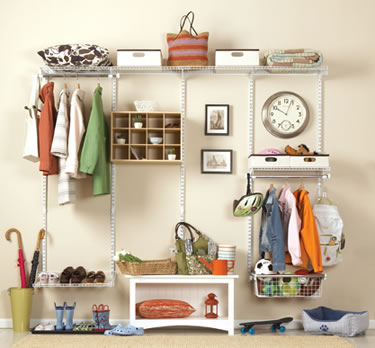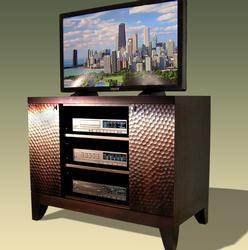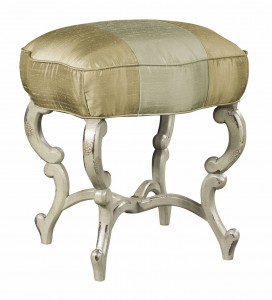The Dirt Stops Here - Mudroom Design Ideas
Tuesday, November 25th, 2008
Northwesterners embrace the season of rain with an eye on the Mudroom. Starting with umbrellas, wet, dirty shoes and backpacks, this is where the family sheds their stuff and gets down and dirty. The mudroom is more important than ever with today’s busy families and with so much more to organize.

The majority of homes today have a transition area from the outdoors. Some are large and some are not. But the mudroom of today is much more than its predecessor. It now functions as the organizational center for busy households. It can also serve as the laundry room, pet center and craft area. The mudroom is a full-featured permanent part of new home construction and remodeling. It is estimated that 3% of the home floor space dedicates its use to the mudroom.
A full room, while nice, isn’t essential to making it work for you. What is essential is a design to store stuff like:
-
Backpacks and briefcases
-
Hats and gloves
-
Sports equipment and small toys
-
Dog leashes and towels for cleaning dirty feet
-
Messages, sport or lesson schedules
How to design for so many functions? Regardless of the size or style of the mudroom, innovation and practicality are indispensable. Here are a few basic steps to get going.
-
What is absolutely essential? Who uses the area? What do they bring in and need on a daily basis? How does the space relate to other needs, i.e. laundry? Do you need a half-bath adjacent to the mudroom?
-
Assess the existing space. De-clutter and determine available space. Add seating to remove dirty shoes, a storage bench, a small chest of drawers or a desk. Use shelves or hooks with cubbies for storage. Mirrors are great for last minute touch ups plus add dimension to the space.
-
Measure and plan. How does it all fit in? Draw the room to scale as it gives perspective.
-
Take action. Will you do the work yourself or hire a designer? A fresh approach provides new ideas.
Final Thoughts
If the mudroom is a multipurpose room, consider these options:
- With laundry in the space add a cabinet with counter surfaces and upper cabinets for storage of cleaning products or general household items.
- A designated storage center is great for things like pet food, potting soils, small outdoor toys as well as cans, bottles and papers for recycling.
- A pantry cabinet can provide overflow storage for kitchen dry goods or easy snack access for children. Utilize labeled bins inside cabinets to keep it neat.
- Vary the height of hooks to allow for personalized space and easy accessibility. Small children can’t reach high shelves but will use baskets or shelves.
- Locate the dogs leash and towel close to the door.
- For adults, keys and phones should have their designated area eliminating a search when ready to leave. Locate a message center for easy viewing for all the family.
- For flooring, consider textured ceramic or porcelain stone tiles. Vinyl can be slick; wood and laminate perform poorly in wet situation








